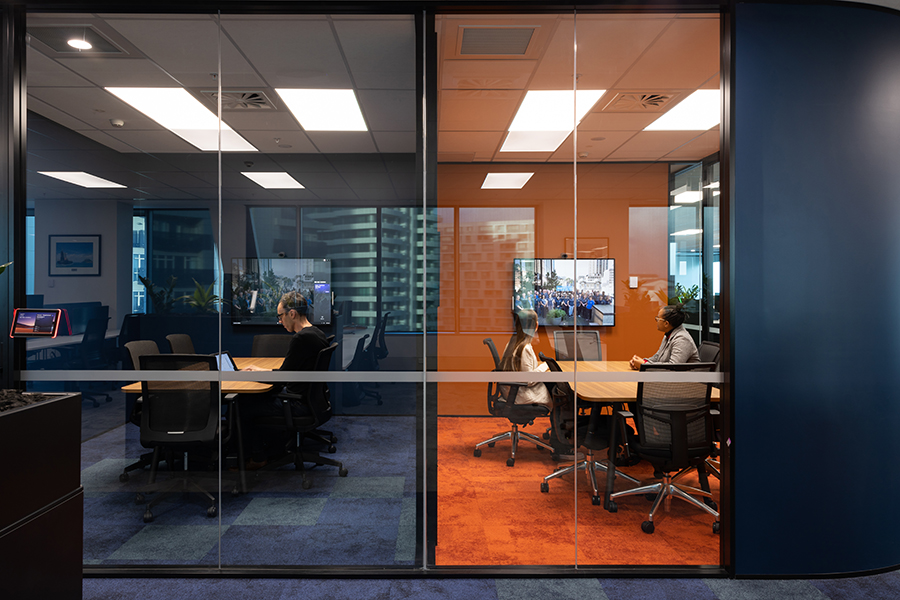
Fires not only produce heat, but also a lethal concoction of poisonous gases and dense smoke. Due to the large-scale production and long-distance spread of smoke, it is frequently the main cause of fatalities in major fire events. Smoke can impair vision, cause pain and breathing difficulties, hide exit signs, and make it more difficult to flee a burning building. According to various expert reports, exposure to toxic smoke was a significant contributor to incapacitation and fatalities in the infamous Grenfell tower fire incident in 2017.1
Maximising occupant egress time from the building in the event of a fire emergency is essential for fire safety. To create safe spaces inside a building, ambient and medium-temperature smoke produced by a fire needs to be effectively and quickly contained. This is why smoke compartmentation is a requirement in the New Zealand Building Code as well as other similar building regulation schemes overseas, such as the Australian National Construction Code.
Recent fire events, such as Grenfell, have heightened scrutiny over fire safety compliance and performance issues in the design and construction of buildings. One area of particular concern is the specification of fire and smoke doors.
Designers and specifiers should ensure that smoke door assemblies are correctly functioning and in compliance with the required New Zealand standards and building code regulations. In many cases, smoke leakage performance is a crucial component of building design and will impact the development of an effective fire safety strategy.
However, the design and performance requirements for smoke doors is not well known. In this whitepaper, we demystify smoke doors and the relevant regulatory requirements, highlighting what you need to know to create a safe space for all occupants.
© Potter Interior Systems 2024